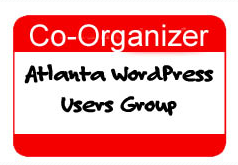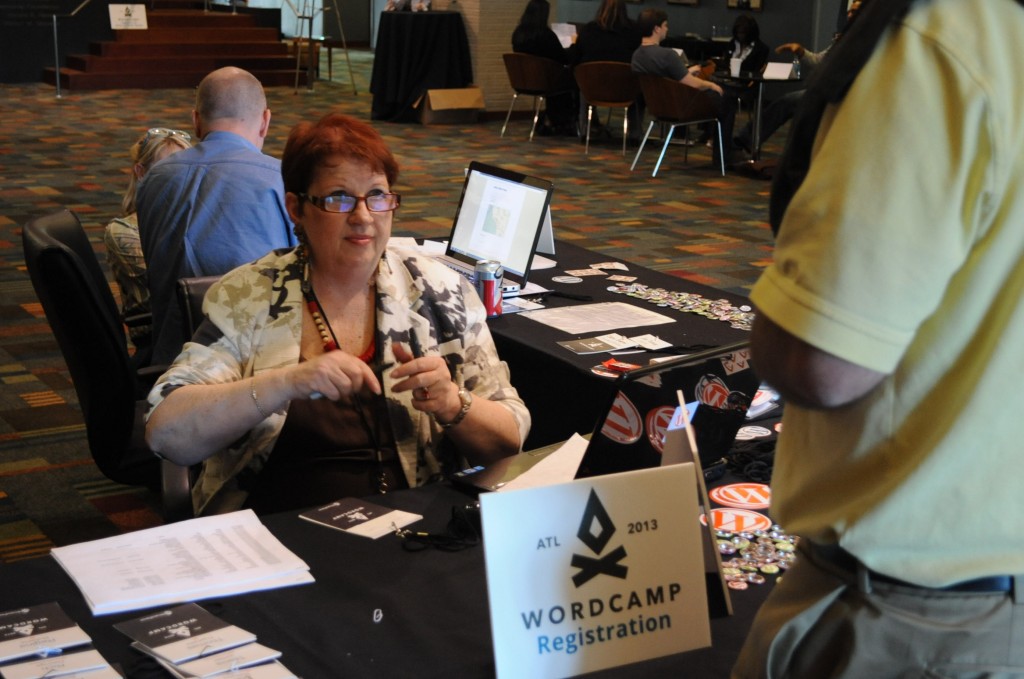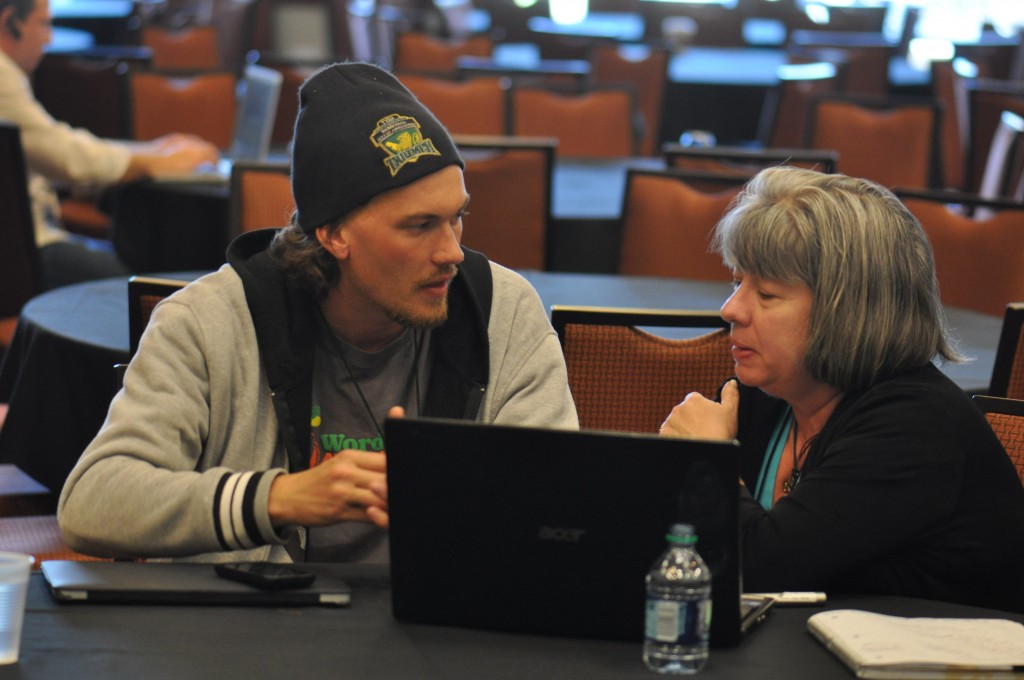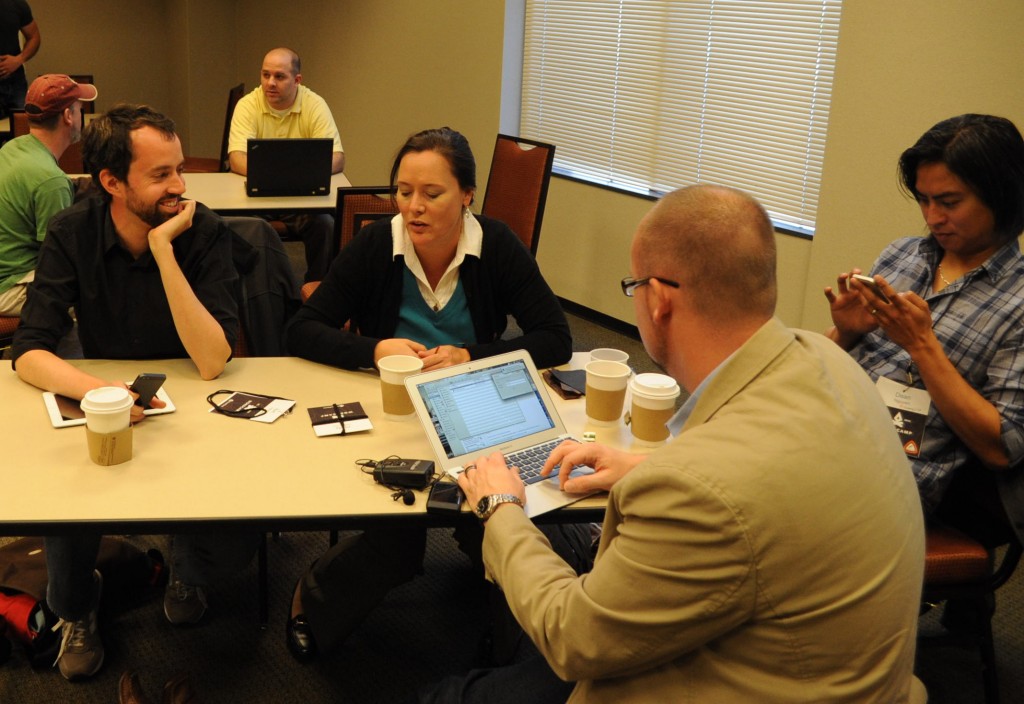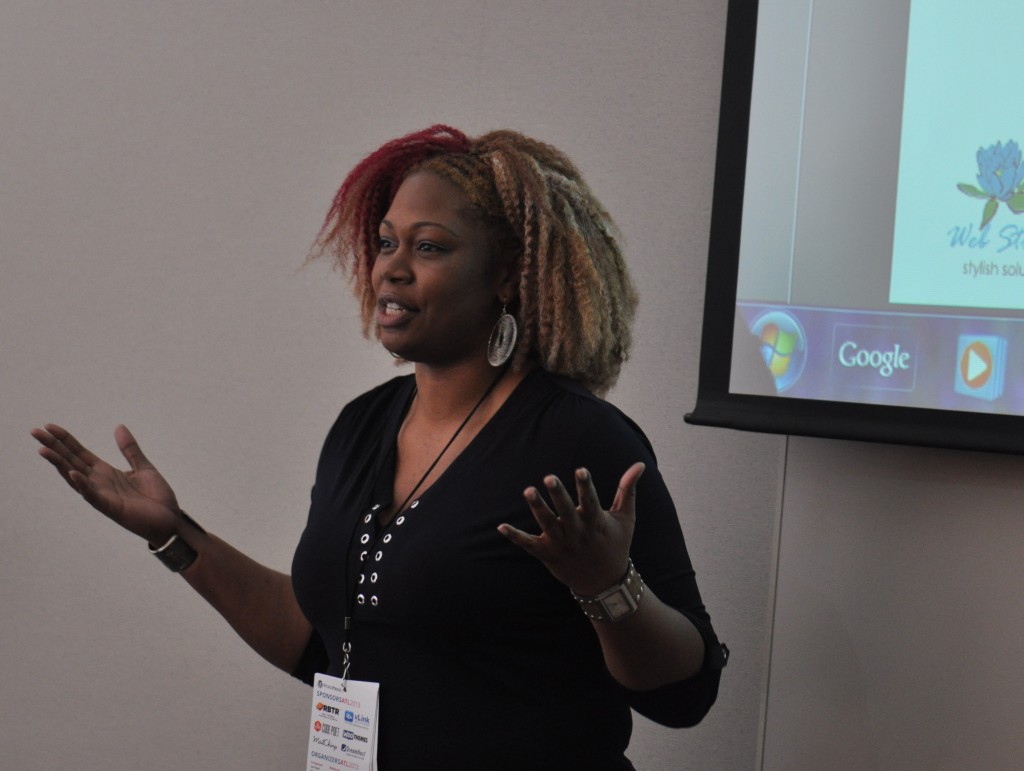We are at work on getting our WordCamp Atlanta 2014 site set up and ready to go. In the meantime, here is a description about WordCamps and WordPress Meetups. For more WordPress goodness, check out the posts on this site as well as WordPress TV to see WordCamp presentations from WordCamps all over the world.
According to WordCamp Central,
WordCamp is a conference that focuses on everything WordPress. WordCamps are informal, community-organized events that are put together by WordPress users like you. Everyone from casual users to core developers participate, share ideas, and get to know each other.
WordCamps are not-for-profit events that grow out of the local WordPress communities. In Atlanta, our community is made up of people that are active in our local WordPress Meetup Groups.
Meetup Groups
We have several WordPress Meetups, held all over the Metro-Atlanta area. These Meetups feature specific topics geared to the various levels ranging from beginners through developers. The Meetups are a good way to learn more about WordPress and how to use it, whatever your level is. If you have some degree of proficiency, WordPress Meetups are a great way to share your WordPress knowledge with others by getting involved and speaking. A good number of our WordCamp speakers are drawn from speakers from our local Meetups. Continue reading
